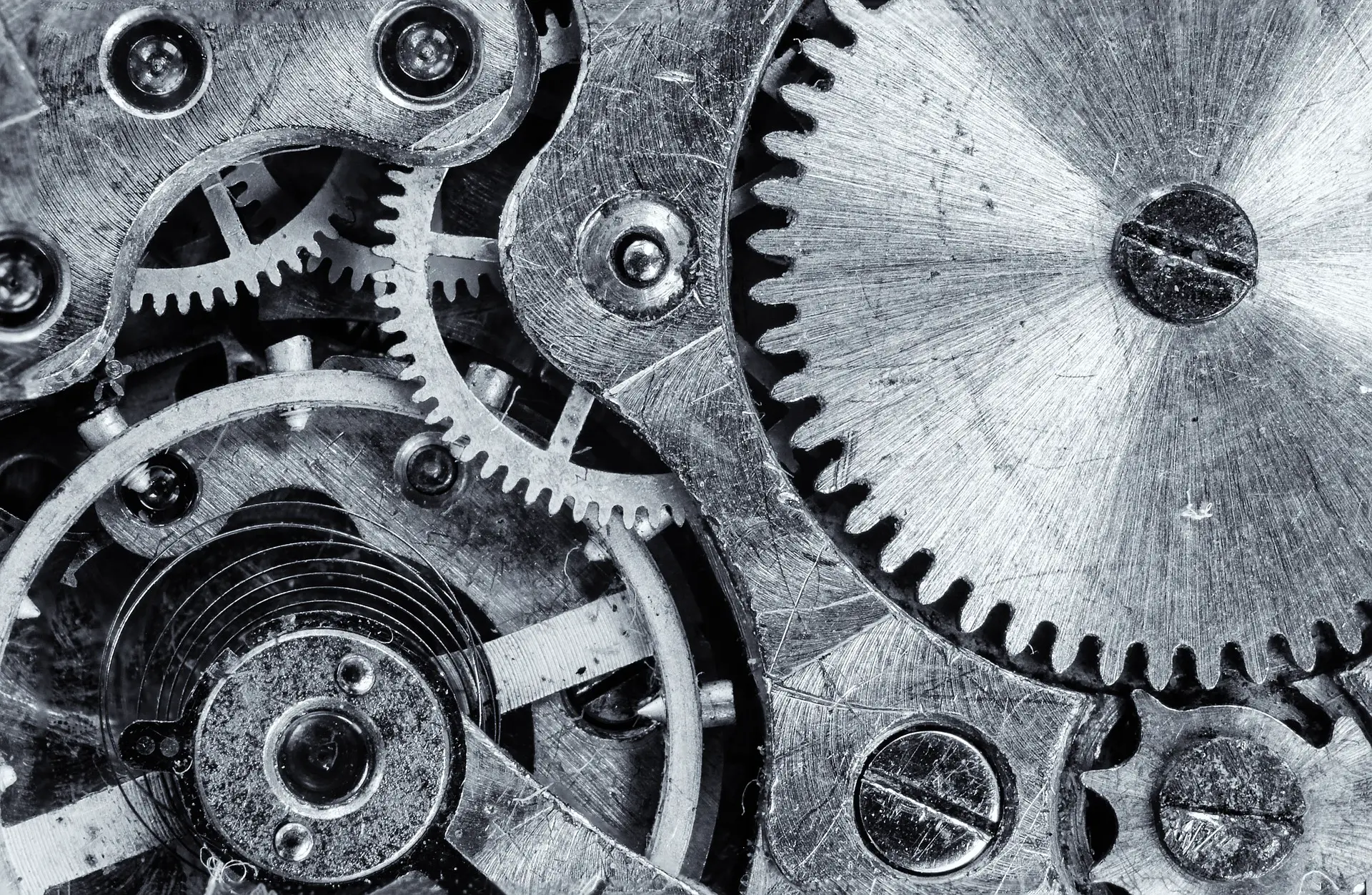Chess is a game that has been played for centuries, with players using their strategic and analytical skills to outmaneuver their opponents. In the modern era, however, a new player has emerged on the chess scene – the chess engine.

A chess engine is a computer program that uses algorithms and artificial intelligence to play chess. It can analyze positions, calculate possible moves, and even predict future play. Chess engines have revolutionized how people play and study chess, making it possible to analyze games at a much deeper level than ever before.
The importance of chess engines in the modern era of chess cannot be overstated. With the rise of online chess platforms and the ability to connect with players worldwide, chess engines have become an integral part of the game. They are used to train and prepare players for tournaments and to analyze and improve their own play.
The history of chess engines dates back to the 18th century when the first mechanical chess-playing machines were created. Humans operated these machines, but they paved the way for developing the first computerized chess programs in the mid-20th century. In the decades since, chess engines have continued to evolve and improve, with modern engines capable of defeating even the best human players.
The Algorithm Behind Chess Engines :
Contents
The algorithm behind chess engines makes them capable of analyzing millions of moves and making informed decisions about the best possible move. This algorithm has several critical components, including search algorithms, evaluation functions, minimax algorithm, alpha-beta pruning, and Monte Carlo Tree Search.
Search algorithms are at the core of how chess engines analyze possible moves. These algorithms start with the current board position and analyze all possible moves, predicting future moves that can result from each move. This creates a tree of possible moves, and the search algorithm analyzes this tree to find the best move to make.
Evaluation functions are used to evaluate the strength of each move. They assign a numerical value to each move based on factors such as material advantage, pawn structure, piece placement, and control of the center of the board. The higher the value assigned to a move, the more likely it is to be good.
The minimax search algorithm looks ahead at future moves and evaluates the best possible move for both players. It assumes that both players will play optimally, and thus it searches for the move that maximizes the minimum possible outcome.
Alpha-beta pruning is a search algorithm that reduces the number of moves that need analysis. It works by pruning branches of the move tree that are unlikely to lead to the best possible move. This reduces the number of moves that need to be evaluated, making the algorithm more efficient.
Monte Carlo Tree Search is a more recent addition to the algorithm behind chess engines. It uses statistical analysis to determine the best possible move. It works by simulating many possible games from the current position and evaluating the outcomes of each game. This allows the algorithm to determine the best possible move based on the most likely outcome.
The algorithm behind chess engines uses search algorithms, evaluation functions, minimax algorithm, alpha-beta pruning, and Monte Carlo Tree Search to analyze possible moves and determine the best move to make.
Components of a Chess Engine :

The components of a chess engine are the building blocks that make up the algorithm behind it. These components work together to analyze possible moves and determine the best move to make. The critical components of a chess engine include board representation, move generation, move ordering, transposition tables, and quiescence search.
Board representation is how the current board position is represented in the computer program. This can be done using an array or bitboard, which allows the program to quickly and efficiently access and manipulate the board position.
Move generation is the process by which the program generates all possible moves that can be made from the current position. This involves analyzing the positions of each piece and determining the legal moves each piece can make.
Move ordering is the process by which the program prioritizes the evaluation of moves. The program will analyze the most promising moves first, which allows it to search through the possible move tree more efficiently.
Transposition tables are used to store previously evaluated board positions. This allows the program to avoid duplicating work by re-evaluating already analyzed positions. This can significantly improve the speed of the program.
Quiescence search is a process used to evaluate positions with no immediate captures or checks. This is important because these positions can be deceptively calm but can lead to significant changes in the position with just one move. Quiescence search ensures that the program evaluates these positions thoroughly to avoid making a suboptimal move.
The components of a chess engine work together to analyze possible moves and determine the best move to make. Board representation, move generation, move ordering, transposition tables, and quiescence search is critical components of a chess engine that allow it to make informed decisions about the game.
Machine learning ( Chess Engines ) :
Machine learning has played an increasingly important role in developing chess engines. Machine learning algorithms are used to train chess engines to recognize patterns and make better decisions. Chess engines’ machine learning algorithms include deep learning, reinforcement learning, and decision trees.
Training data is an essential component of machine learning in chess engines. Training data can include millions of chess games, which can be used to train the engine to recognize patterns and make informed decisions. Training data can also include the games of top-level players, which can be used to train the engine to recognize high-level strategies and tactics.
Feature extraction is a process used to identify the most relevant data points from a chess game. This can include things like the position of the pieces, the control of the center of the board, and the pawn structure. Feature extraction is an integral part of machine learning in chess engines because it allows the engine to focus on the most relevant data points and make better decisions.
Deep learning is a machine learning algorithm that has been used to train chess engines. Deep learning involves using neural networks, which can recognize complex patterns in the data. Neural networks have been used to train chess engines to recognize positions and patterns that are difficult for traditional algorithms to recognize.
Reinforcement learning is another machine learning algorithm used in chess engines. Reinforcement learning involves training the engine by giving it feedback on its performance. The engine is rewarded for making good decisions and penalized for Making bad decisions. This helps the engine learn from its mistakes and make better decisions in the future.

Decision trees are a machine learning algorithm that can be used to analyze the possible moves in a game of chess. Decision trees work by analyzing the possible moves and predicting the outcome of each move. This allows the engine to choose the move.
That is likely to lead to a favorable outcome.
Machine learning is an essential part of the development of modern chess engines. Machine learning algorithms such as deep learning, reinforcement learning, and decision trees are used to train engines to recognize patterns and make better decisions. Training data and feature extraction are also essential for machine learning in chess engines.
Chess Engines vs. Humans :
Chess engines have revolutionized the game of chess and have become a powerful tool for players of all levels. Chess engines have several advantages over humans, including their ability to analyze and calculate positions quickly and accurately. Chess engines can also access large databases of games and use machine learning algorithms to improve their play.
One of the significant limitations of chess engines is their need for more creativity and intuition. While chess engines can analyze positions quickly and accurately, they may only sometimes understand the nuances of a position in the same way that a human player would. This means that chess engines may sometimes make different decisions than a human player, and may miss out on opportunities that a human player would recognize.
Despite their limitations, chess engines have changed how we play and study chess. Chess engines have made it easier to analyze games and positions, and have made it possible for players of all levels to improve their play. Chess engines have also made it possible to play chess against opponents from all over the world, without the need to be physically present.
One of the most significant ways in which chess engines have changed the game of chess is in the development of opening theory. Chess engines have analyzed millions of games and have identified the most effective openings and variations. This has led to a greater understanding of opening theory and has allowed players to improve their play in the opening phase of the game.
Another way chess engines have changed the game is in their impact on chess tournaments. Chess engines have allowed tournaments to be played online, which has opened up new opportunities for players and made it easier for organizers to run events. Chess engines have also
made it possible for players to analyze their games quickly and accurately, which has led to a greater understanding of the game and improved play.

While chess engines have several advantages over humans, they also have limitations. However, chess engines have changed.
How we play and study chess has become essential for players of all levels. Chess engines have revolutionized the game of chess and have made it possible for players to improve their play and compete against opponents worldwide.
Future of Chess Engines :[How does a chess engine work ?]
The future of chess engines looks promising, with advances in hardware technology and machine learning algorithms likely to drive continued progress and innovation in this field.
Advances in hardware technology, such as the development of more powerful processors and specialized hardware for machine learning, will make it possible for chess engines to analyze positions even faster and more accurately. This will enable chess engines to play at an even higher level and may lead to new breakthroughs in the game.
Advances in machine learning algorithms, such as developing new deep learning architectures and using unsupervised learning techniques, will enable chess engines to become even better at recognizing patterns and making decisions. This will help to overcome some of the limitations of current chess engines, such as their lack of creativity and intuition.
The impact of chess engines on the future of chess is likely to be significant. Chess engines have already changed how we play and study chess, and this trend will likely continue. Chess engines will continue to be an essential tool for players of all levels, and will help develop new opening theories, strategies, and ways of playing the game.
Chess engines will also continue to impact chess tournaments, making it possible to play online and analyze games quickly and accurately. This will lead to greater accessibility and participation in the game and help drive the growth of chess as a sport.
The future of chess engines looks bright, with advances in hardware technology and machine learning algorithms likely to drive continued progress and innovation in this field. The impact of chess engines on the future of chess is likely significant, as they continue to be an essential tool for players of all levels and help drive the game’s development.
In summary, chess engines are computer programs that use complex algorithms and artificial intelligence techniques to play and analyze the game of chess. They are essential tools for players of all levels, providing quick and accurate analysis of positions and games.

The algorithm behind chess engines includes search algorithms, evaluation functions, minimax algorithm, alpha-beta pruning, and Monte Carlo Tree Search. The components of chess engines include board representation, move generation, move ordering, transposition tables, and quiescence search.
Chess engines have several advantages over humans, such as their ability to analyze positions quickly and accurately, but they also have limitations, including their lack of creativity and intuition. Chess engines have changed how we play and study chess, impacting opening theory, tournament play, and game analysis.
The future of chess engines looks promising, with advances in hardware technology and machine learning algorithms driving continued progress and innovation. Chess engines will continue to be essential tools for players of all levels and will play an important role in the future of the game of chess.
In conclusion, understanding how chess engines work is essential for anyone interested in playing and studying chess. It is vital to recognize chess engines’ strengths and limitations and use them as tools to improve our play and understanding of the game. By continuing to learn and develop new strategies, we can continue to push the limits of what is possible in the game of chess.
More Links:
What Does the Knight Represent in Chess? All You Need to Know About Chess in 2023





